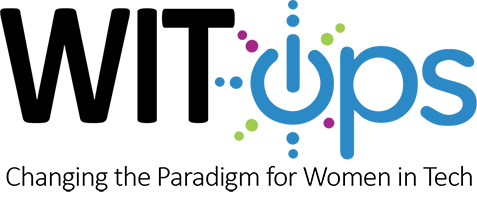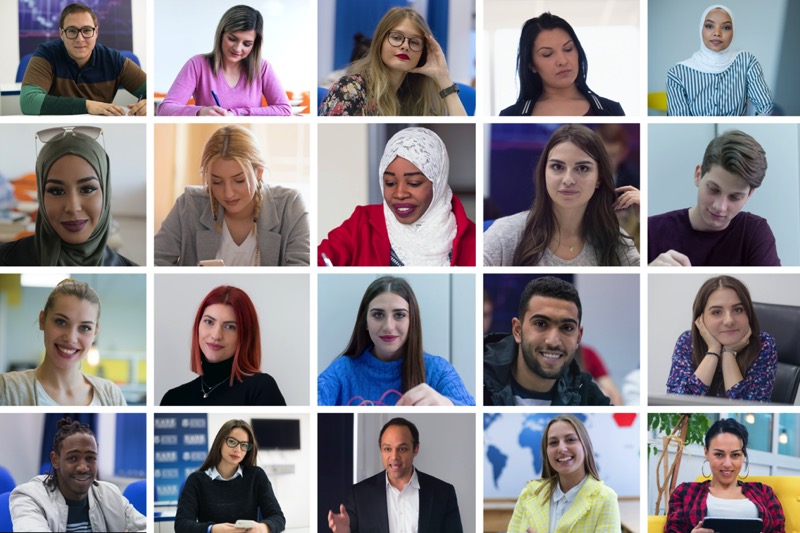People have been working remotely for years. Remote work has been studied for years. Many companies have global workers, so some remote work is inevitable. But that remote work involved co-located teams and individuals working with other co-located people. This is not what is happening today.
With the pandemic, whole technology teams were working remotely in different locations. Everyone was a square in a video screen spending the day online. Few workers in tech were in a face-to-face meeting. The Remote Work OP in 2021-2022 explored the experience of remote working with an eye toward its impact on women and other underrepresented populations. See a video of the findings below.
Many people in tech are happy with remote working, and our research is in line with this. Product teams are used to remote working and their remote tools. They like remote work because it gives them a better home/work balance and family life, the ability to live in a personally desirable place, and less commute time. Some also feel safer behind a screen—safer from jerk behavior and micro-aggressions. Some companies report that they achieved a more diverse worker population because they can recruit all over the country.
But remote working, even before the pandemic, comes with costs. Our research, like the literature, shows that a sense of belonging, social connection, getting support from coaches, onboarding new hires, and ensuring that working meetings are run well so that all voices are heard suffer with remote working. More importantly to the company, team cohesion and innovation can suffer when people do not come together frequently enough to know each other, exchange information informally, and participate in ideation. Last, group interactions where some people are in person and some are remote disadvantage the remote people.
The Remote vs Hybrid Work Challenge
Many companies are now asking employees to come back to the office at least 1-3 days a week. This hybrid work changes the complexion of daily work for tech workers. With that in mind, we are launching the Remote vs Hybrid Work Project. By taking a deep dive into hybrid working we hope to better understand what is needed and what works and how to balance the draw of remote working with the value of in-person interaction.
In 2022-2023 we focus on the hybrid work experience of user experience professionals, designers, and user researchers. This population is interesting because UX professionals typically work closely with cross-functional teams to ensure that user data is collected, synthesized, and used to drive ideation and product decisions. They are often in the middle of group interactions and collaboration that may benefit from in-person interactions. UX work by its nature benefits from collaborative spaces. How companies use space is of particular interest to us. Coming back to the office brings with it the opportunity to reinvent how we use space. If we expect that all will go back to the way it was, we fear we will lose an opportunity for workplace and work life innovation.
The primary goal of this year’s project is to identify when it is really important to be in-person and when remote working is fine. And what is really needed for great and productive creative working meeting. Volunteer to talk to us or work with us on this project!
The Remote vs Hybrid Work Op
Volunteer Opportunity: Volunteer to talk with us after working with your team or creative session when it is in-person. Or if you are holding these meeting on-line as well we can talk about both settings. If you are a UX professional or other team member and would like to be interviewed, please contact us.
Do you have training in Contextual Design? Volunteer to be in the study and on the team to do interviews, interpretation sessions, and affinity building in Miro. We are also looking for an expert in survey construction so that we can get run a survey following the qualitative research. Volunteer
Collaborating Colleagues: 2022 Remote Work Project: Thanks to Nina Schloss for project managing the Remote Work Project v1 research effort. Thanks also to Lacey Arevalo, Aditi Shankar, Emily Carlson, Bradlee Sutherland and to my students at University of Maryland HCIM program.
Next Steps: We are actively interviewing now and will share the results before the summer. Watch for preliminary findings here and in Karen’s LinkedIn posts.
Related Videos:
Best Practices for Managing Remote Teams
Retaining Women in Tech in the Remote Work Environment
Remote Contextual Design


Recent Comments